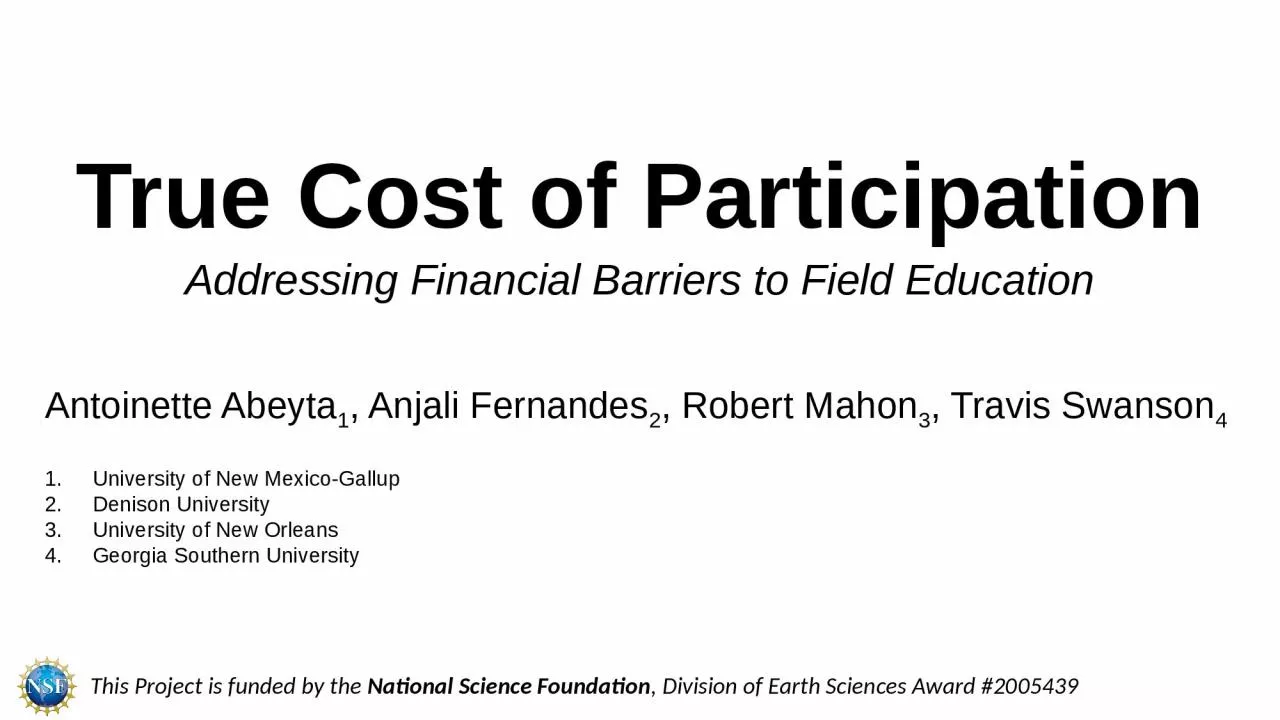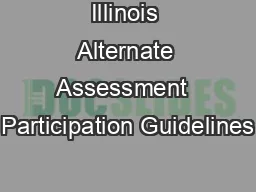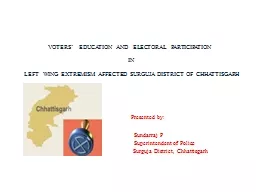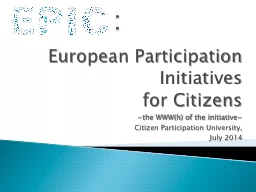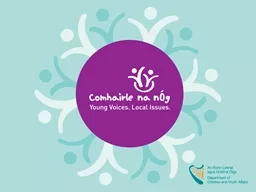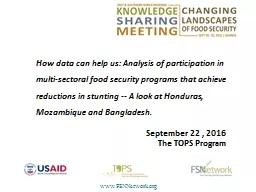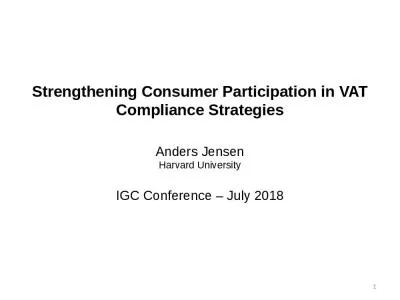PPT-True Cost of Participation
Author : jones | Published Date : 2023-06-23
Addressing Financial Barriers to Field Education Antoinette Abeyta 1 Anjali Fernandes 2 Robert Mahon 3 Travis Swanson 4 University of New MexicoGallup Denison
Presentation Embed Code
Download Presentation
Download Presentation The PPT/PDF document "True Cost of Participation" is the property of its rightful owner. Permission is granted to download and print the materials on this website for personal, non-commercial use only, and to display it on your personal computer provided you do not modify the materials and that you retain all copyright notices contained in the materials. By downloading content from our website, you accept the terms of this agreement.
True Cost of Participation: Transcript
Download Rules Of Document
"True Cost of Participation"The content belongs to its owner. You may download and print it for personal use, without modification, and keep all copyright notices. By downloading, you agree to these terms.
Related Documents

